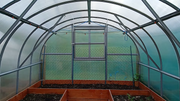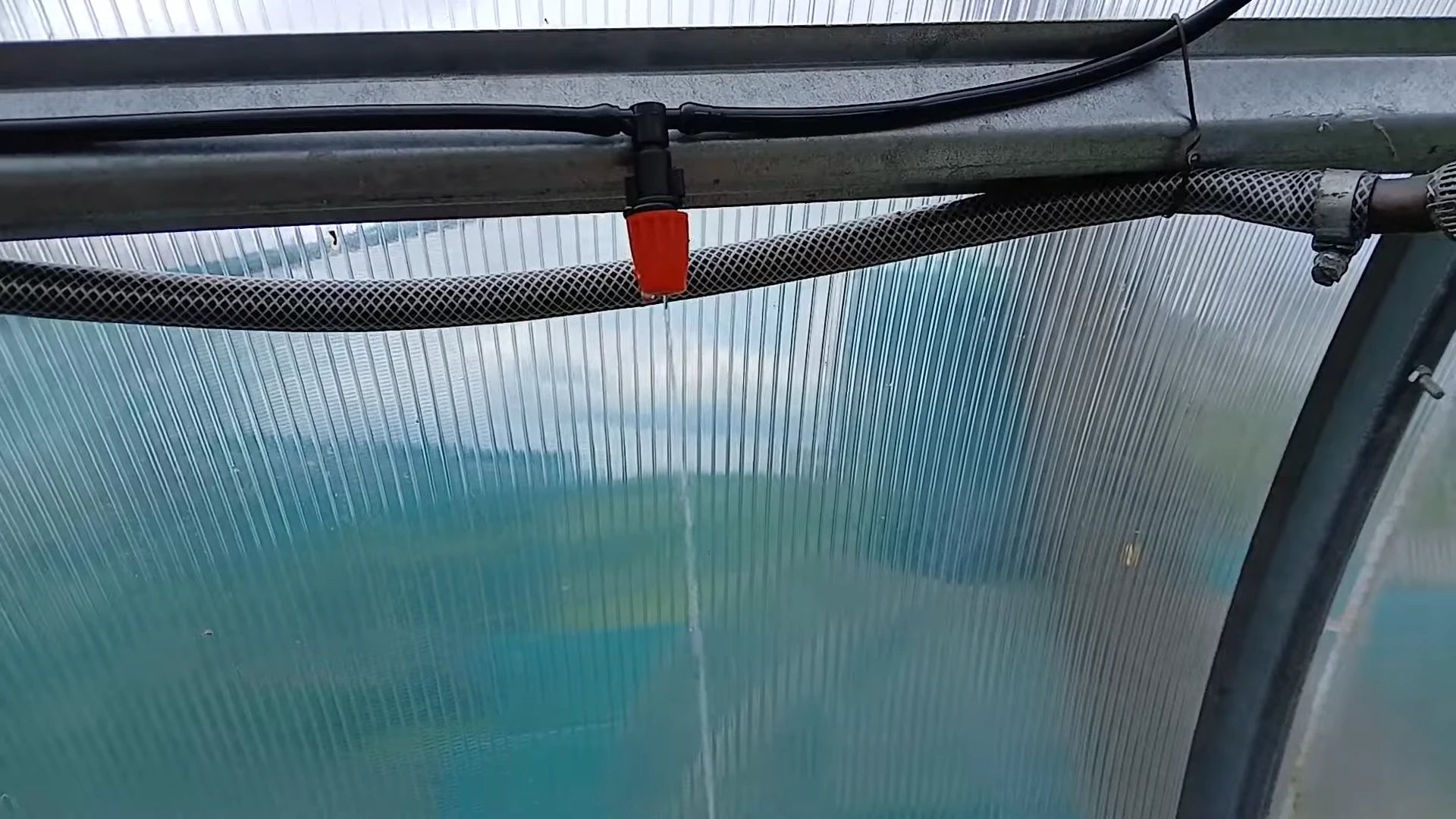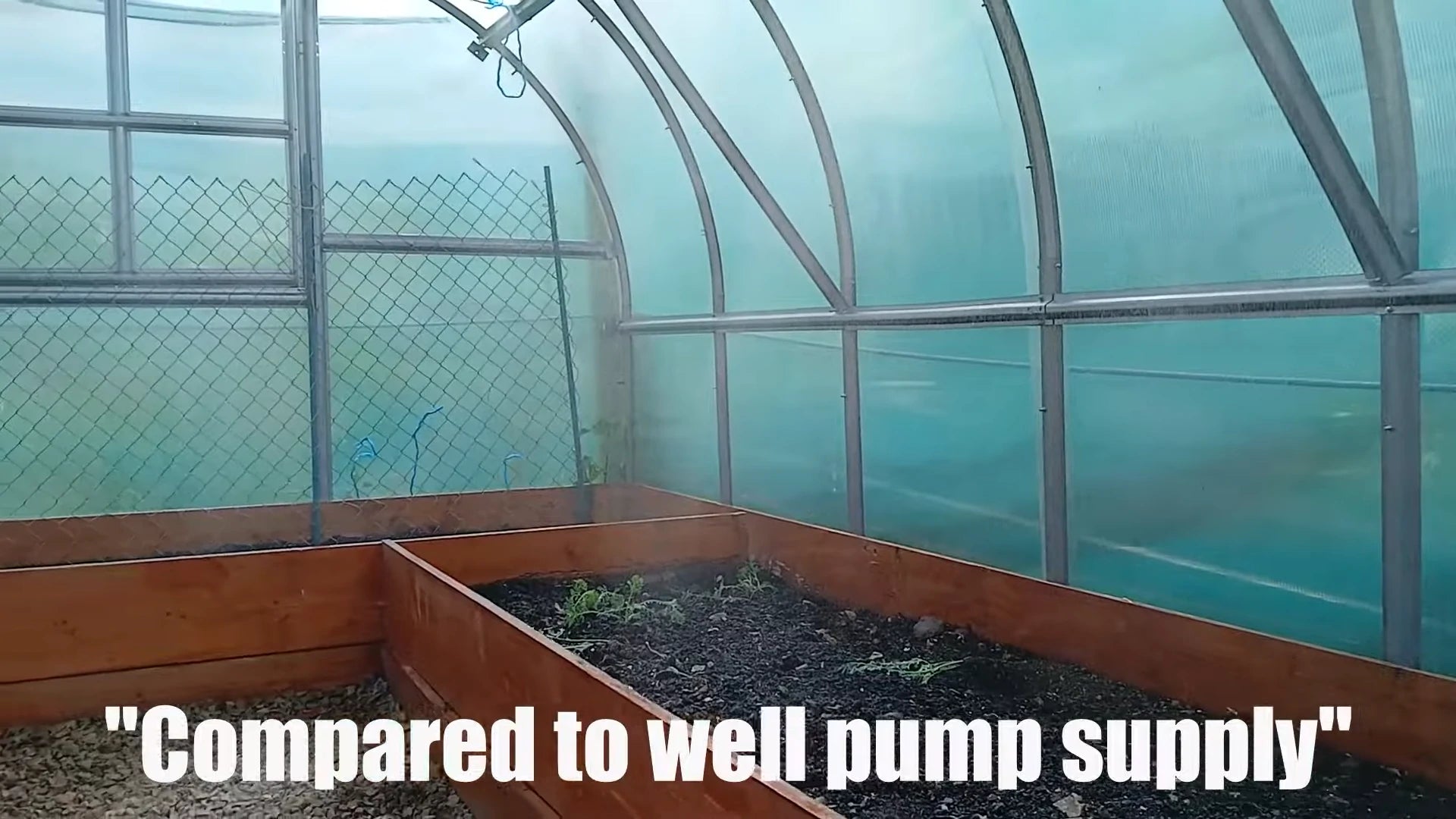
When Earth Day comes during the gardening season, it’s tempting to do something both festive and practical. When Poposoap approached me about using their solar pump to create a project to celebrate Easter and Earth Day, inspiration quickly struck—building a solar remote control greenhouse irrigation system that would create more natural resources with natural resources and be easy to assemble.
Material Preparation: Small Components with Big Power

Poposoap’s pump with filter kit was originally designed for large fish tanks, ponds, or garden fountains, but it was surprisingly suitable for my greenhouse irrigation plan. This set includes:
- 20W solar panel: Equipped with a waterproof interface, it can work stably outdoors and provide green energy for the entire system.
- High-performance water pump: It can pump more than 320 gallons of water per hour, and the flow rate can be adjusted. Although it is small in size, it has great potential.
- Multi-filtration system: Includes pump filter and filter box to ensure clean water quality and avoid clogging of nozzles.
- Accessory set: A variety of nozzles, pipes, and connectors that can be freely combined according to irrigation needs.
System Construction: From Rainwater Collection to Intelligent Control
Step 1: Build a Rainwater Collection System

Install a rainwater collection barrel under the eaves, connect it to the roof gutter, and let the rainwater flow naturally into the barrel. This step is both environmentally friendly and can make full use of natural resources to provide water for irrigation.
Step 2: Solar Energy and Power Storage Transformation

Install the solar panel on the top of the control box to ensure that it receives enough sunlight.
Introduce a charging control unit to allow the solar panel to charge the battery. Here I used an idle 60 ampere-hour car battery. Although the specifications are large, it can ensure continuous power supply to the system.
The core control part is a remote activation relay, which is equipped with an old-fashioned button remote control. In this way, the water pump switch can be remotely controlled in the greenhouse without running back and forth.
Step 3: Circuit Connection and Testing

Connecting the circuit is very simple: connect the positive and negative poles of the battery to the power supply end of the relay, and then connect the positive and negative poles of the water pump to the load end of the relay, which is truly "plug and play". After the connection is completed, add water to the collection bucket to submerge the water pump, press the remote control, and the water pump starts smoothly. Although there is a little water leakage at the connection, the basic function is fine.
Irrigation System Laying and Effect Test

The irrigation pipes were laid in the greenhouse and 14 nozzles were installed. I wanted to achieve the pressurized spray effect, but in the actual test, I found that:
- When the faucet was just turned on, there was only gravity water flow and the nozzle dripped.
- After starting the water pump, the nozzle began to spray water, but the water flow of the farthest nozzle was weak and only sporadic water mist could be formed.
- After adjusting all the nozzles, all 14 nozzles can spray mist, but the spray pattern is not very uniform, which is more suitable for drip irrigation system.
Experience Summary and Improvement Direction

This attempt proved that Poposoap's solar water pump and filtration kit can indeed be used in irrigation systems, but there are certain limitations:
- Applicable scenarios: More suitable for small greenhouses (such as 2 meters × 4 meters) or drip irrigation systems. In a larger greenhouse of 4 meters × 3 meters, driving 14 sprinklers has limited effect.
- Advantages: As a fish tank, pond or fountain equipment, it performs well, and it is also a pleasant surprise to use it in irrigation.
- Room for improvement: A more suitable faucet can be replaced to solve the problem of water leakage, and it may achieve better spraying effect in a small greenhouse.
If you are interested in environmentally friendly gardening, you might as well try this system. I hope this project can inspire your gardening life.







